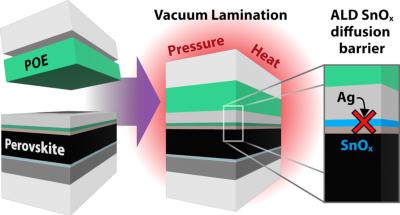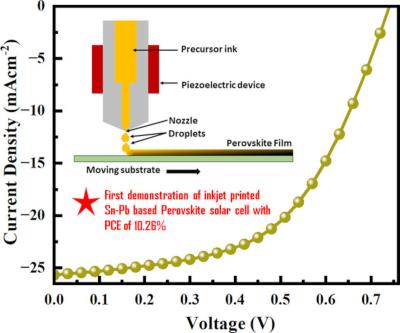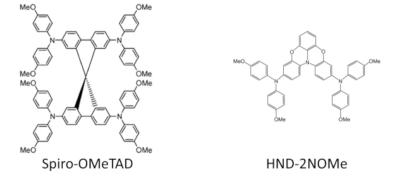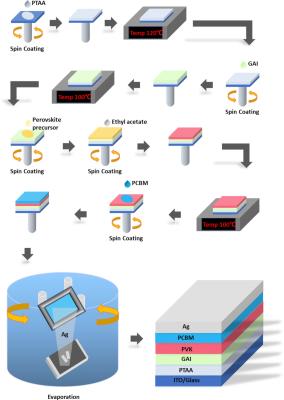New method can reduce thermal degradation of PSCs during vacuum lamination
Current photovoltaic (PV) panels typically contain interconnected solar cells that are vacuum laminated with a polymer encapsulant between two pieces of glass or glass with a polymer backsheet. This packaging approach is common in conventional photovoltaic technologies such as silicon and thin-film solar modules, contributing to thermal management, mechanical reinforcement, and environmental protection to enable long lifetimes. Commercial vacuum lamination processes typically occur at 150 °C to ensure cross-linking and/or glass bonding of the encapsulant to the glass and PV cells. Perovskite solar cells (PSCs) are known to degrade under thermal stresses, especially at temperatures above 100 °C.
Researchers from NREL and The Dow Chemical Company have examined degradation modes during lamination and developed internal diffusion barriers within the PSC to withstand the harsh thermal conditions of vacuum lamination.








